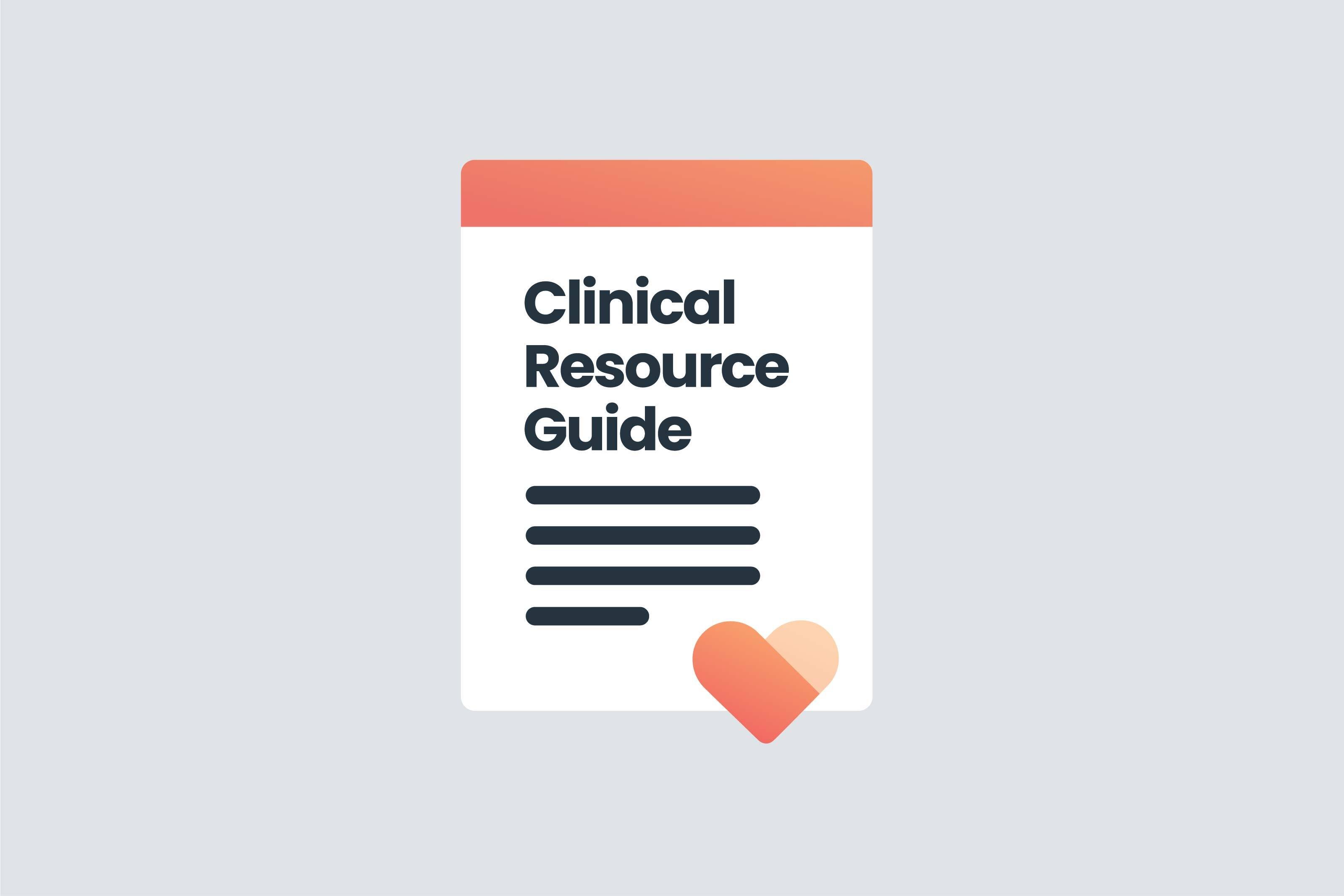Clinical Resource Guide: Appetite Stimulants
Appetite stimulants are often considered for patients experiencing significant weight loss or anorexia related to their underlying terminal...
Ketamine is a rapid-acting general anesthetic drug that, due to new insight into its properties and mechanisms of action, is seeing increased use in many fields including pain management, psychiatry, and palliative care.
At sub-anesthetic doses, it has potential to offer quick and lasting relief for patients experiencing severe pain, anxiety, respiratory distress, refractory seizures, and treatment-resistant depression. This article will focus on the role of ketamine in the setting of palliating incurable disease, and specifically, as a co-analgesic in poorly controlled pain, neuropathic pain, and relief of anxiety of depression.
1.) Describe the clinical significance and potential mechanisms of action of ketamine
2.) Understand variability in onset and duration of action based on route of administration
3.) Outline clinical pearls and important notes regarding implementing ketamine into your practice
Ketamine has multiple suggested mechanisms. It is known to antagonize NMDA receptors which plays a role in its pain, anti-depressant, and anti-epileptic effects. It is thought to interact with sodium and calcium channels, inhibit noradrenergic and serotonergic reuptake, inhibit the inflammatory cascade, and boost neural plasticity. Specifically, emerging research shows ketamine may promote synaptogenesis, or the formation of synapses (the points of contact where information is transmitted between neurons). This is significant in countering the synapse loss and atrophy associated with chronic depression and stress and may explain its extended duration past detectable drug levels.
|
PHARMACOLOGICAL USES AND CONSIDERATIONS OF KETAMINE |
||||
|
Route |
Usual adult dose |
Onset of action |
Duration of action |
Notes |
|
Oral |
10mg TID-QID increasing to a maximum of 100mg QID (use parenteral formulation for oral route) |
30min |
4-6hr *Note: therapeutic benefit may outlast noted duration of action. See clinical pearls. |
|
|
Intranasal SPRAVATO® (esketamine) |
56mg-84mg twice per week (induction phase) 56-84mg weekly to every 2 weeks (maintenance phase) |
20min |
3-12hr *Note: therapeutic benefit may outlast noted duration of action. See clinical pearls. |
|
|
Parenteral |
Initiation: 50-100mg/day Titrate in increments of 25-50mg/day up to 300mg/day |
0.5min |
0.5-2hr *Note: therapeutic benefit may outlast noted duration of action. See clinical pearls. |
|
|
Topical |
Various doses. Frequencies of TID-QID have been reported |
Variable reports of minutes-hours |
Variable |
|
There is increasing interest in the role of ketamine in palliative care, especially in the management of pain. When used for this purpose, sub-anesthetic dosing is used, either alone or as an adjunct to other medications. Oral and topical ketamine formulations may be especially useful for patients experiencing refractory symptoms who wish to remain home.

Appetite stimulants are often considered for patients experiencing significant weight loss or anorexia related to their underlying terminal...

Pancreatic enzyme replacement therapy (PERT) is used to treat exocrine pancreatic insufficiency.